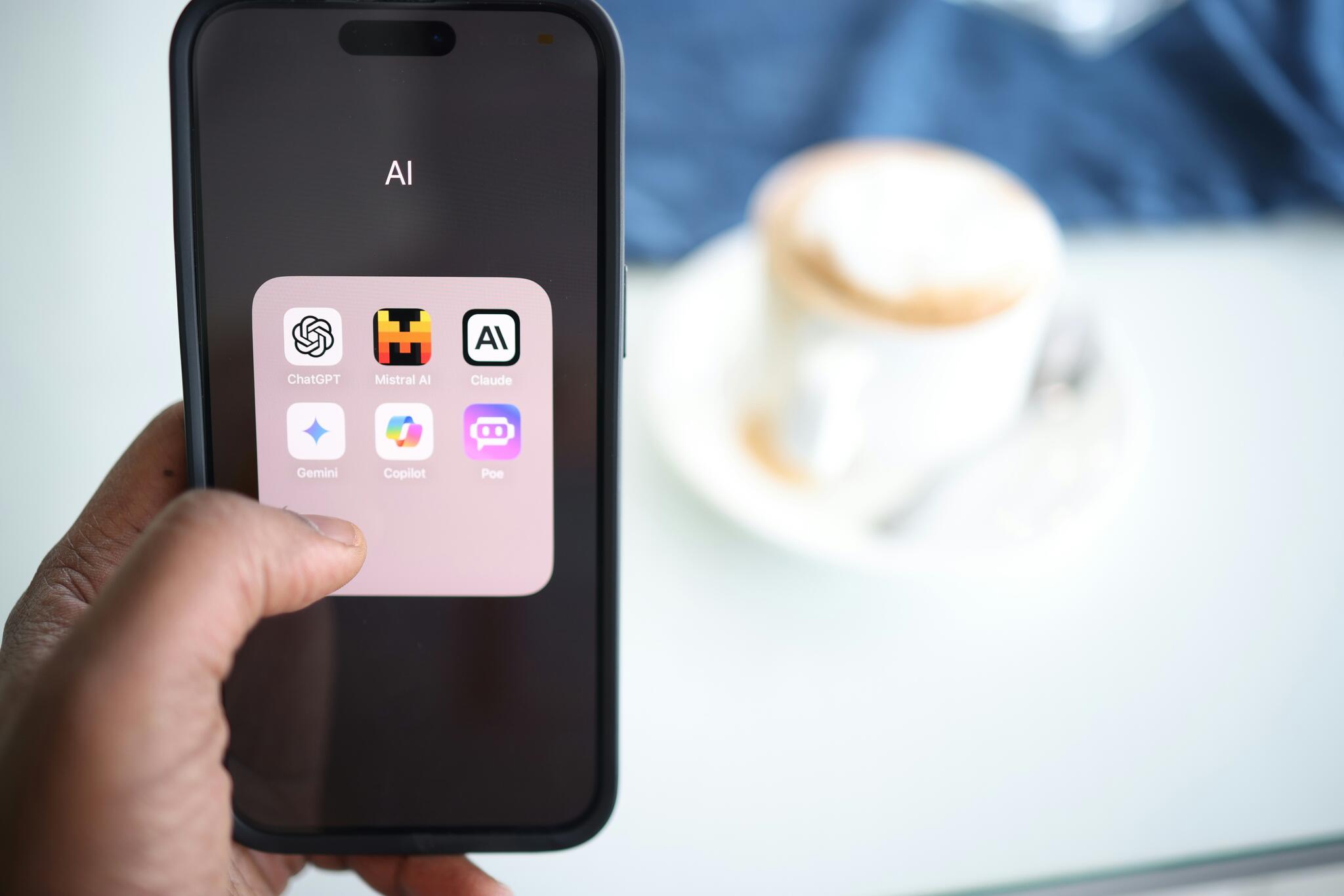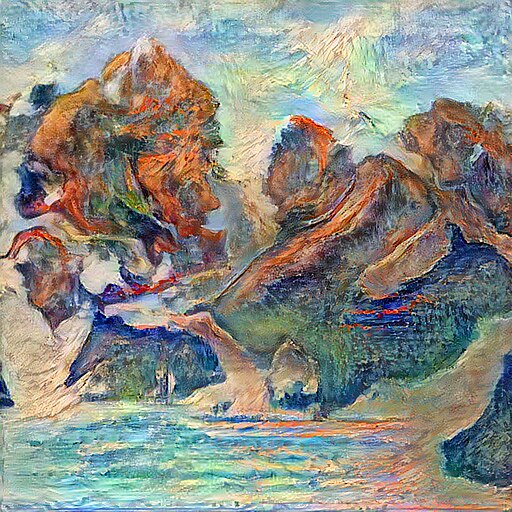 Large Language Models (LLMs) and Academic Integrity
Large Language Models (LLMs) and Academic Integrity
Since LLMs are capable of generating text on a given topic, they could potentially be used to produce content that is not original. This could be a problem if the student using an LLM tries to pass off the generated text as their own work without giving proper credit or citing sources.
“Departures from academic integrity include plagiarism, use of unauthorized materials, facilitation, forgery and falsification, and are antithetical to the development of an academic community at Queen’s.”
To maintain academic integrity, students should use LLMs responsibly, and critically evaluate the information it provides. They should also properly cite any information generated and verify the accuracy of the information through other sources.
Using Generative AI in Coursework
Confirm with your course instructor or check your course syllabus before using Artificial Intelligence (AI) in your assignment. Some assignment do not permit the use of AI tools, while others may allow AI with some limitations.
Any permitted use of AI for assessment must be acknowledged appropriately. Your course coordinator will provide guidance on how to reference the use of AI tools. Some possible examples include:
- citing or referencing in the text or list of references
- inclusion in your methodology
- an appendix including a full transcript of any prompts and AI-generated responses.
Note: Information about using and referencing Generative AI tools in assignments and publications will continue to be updated. Check this page regularly to keep up with any changes (last updated 17 June 2023).
Why Cite Generated Content?
This resource was remixed from the McMaster University Library and adapted to Queen’s University context. All content is licensed under CC-BY-SA.
By full and correctly citing AI generated content, you are:
- Upholding the principle of academic integrity by giving due credit to your sources
- Providing transparency about the origin of the information, which can have a different bias profile than human-generated content
- Contributing to the important task of tracking the influence of AI in our collective knowledge, highlighting its role in various domains
Example of an AI-generated landscape painting:
Datascientist55, CC BY-SA 4.0, via Wikimedia Commons
Description: A landscape painting which has been generated via Generative Adversarial Networks and Style Transfer [two distinct but related concepts within the field of machine learning and artificial intelligence].
Citing Generative AI
When using Generative AI, students must reference all the content from Generative AI tools included in their work. Failure to reference externally sourced, non-original work can result in Academic misconduct.
References should provide clear and accurate information for each source and should identify where they have been used in your work.
Content from generative AI is a nonrecoverable source as it can't be retrieved or linked.
Citation Practices according to Queen’s Library
Student Academic Success Services
- To ensure your students understand the importance of academic integrity and how to avoid academic dishonesty: Academic Integrity
- Students can discuss academic integrity-related questions with academic skills and writing specialists at SASS: Book an Appointment
Academic Integrity Council of Ontario
- To review the information sheet from the Academic Integrity Council of Ontario: Supporting Academic Integrity: Ethical Uses of Artificial Intelligence in Higher Education Information Sheet (PDF, 372KB)
 This Creative Commons license lets others remix, tweak, and build upon our work non-commercially, as long as they credit us and indicate if changes were made. Use this citation format: Generative AI in Teaching and Learning. Centre for Teaching and Learning, Queen’s University
This Creative Commons license lets others remix, tweak, and build upon our work non-commercially, as long as they credit us and indicate if changes were made. Use this citation format: Generative AI in Teaching and Learning. Centre for Teaching and Learning, Queen’s University
